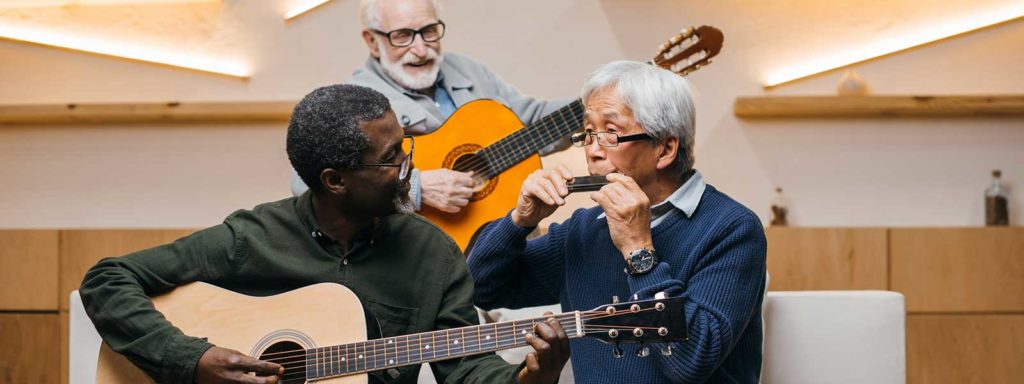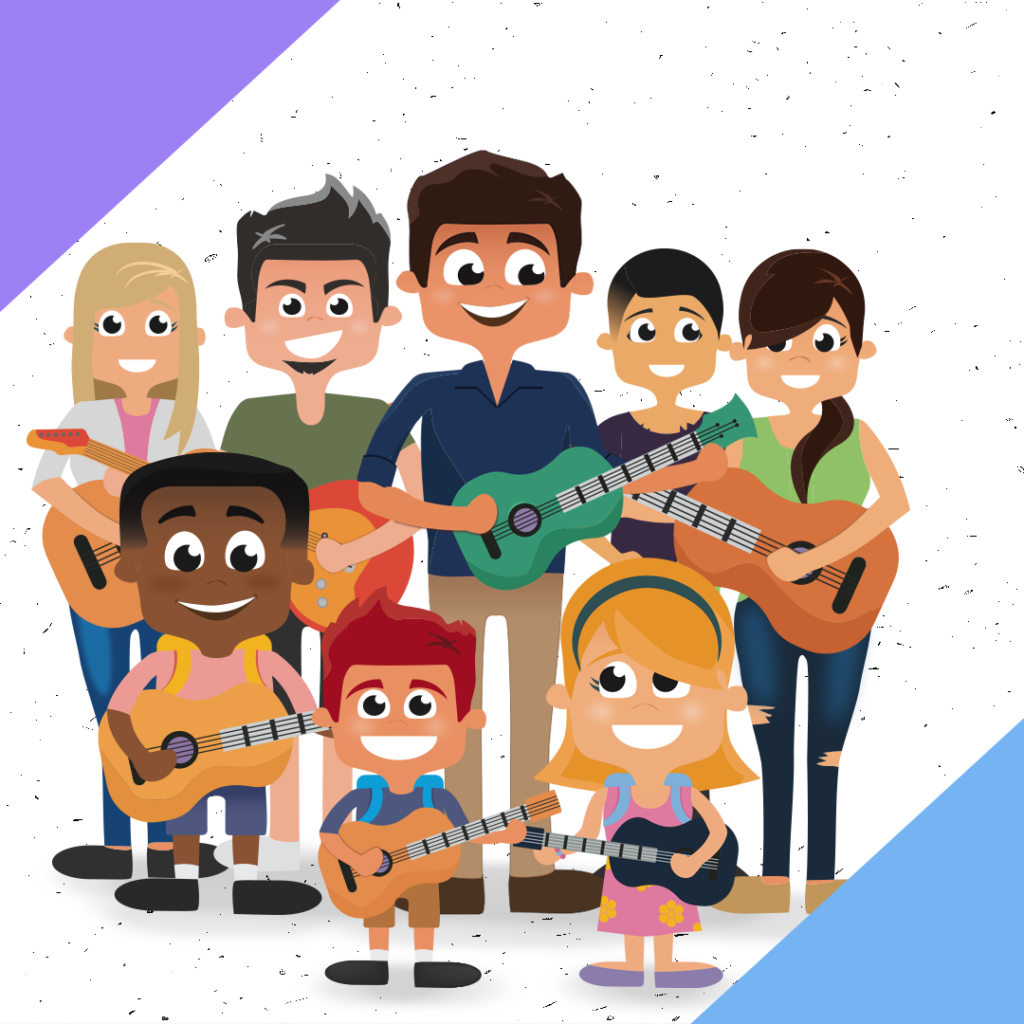Everyone loves music. Music is something uniquely human and in many ways defines who we are; it is a reflection of our identity. With music being more accessible than ever through global-reaching streaming services, endless creator content, and the proliferation of social apps, our personal preferences in music have grown as vast and diverse as the differences between one another.
However, this diversity of music is nowhere to be found in the music class. There is a massive divide between out-of-school music making and in-school music making. If this gap isn’t addressed to make music more relevant for students, enrollment and engagement will continue to decline.
Music Education is Way Way Outdated
Outside of school, students have access to any song, ever written, anywhere in the world. But as soon as they step into the music classroom, they’re brought back 200 years to content very few listen to anymore. Most traditional band and orchestra classes teach etudes from the 1830s. Even more modern classes that teach guitar or ukulele are using lesson books filled with 1950s folk tunes.
A modern band teacher once told me, “Nobody is pulling out their bassoon when they’re 50 and jamming with friends.” And it’s true. Most music students never play, or even own, their instrument once they graduate high school. Music education in schools should be structured as a lifelong skill where students are learning instruments, content, and skills they can use and enjoy for the rest of their lives.

Music education should be taught as a lifelong skill
Challenges to Overcome
How do we make music education more relevant and bring it up with the times? Here are the key areas that need to be addressed:
- Relevant Content: We need to teach our students content and songs that are relevant to them. This might be uncomfortable for teachers because you are not familiar with the latest music…and you might not even like it. But that is ok because music class isn’t about teaching what you love, it’s about tapping into your students’ love for music and inspire them. Not sure what is relevant? Just ask. You’ll be surprised at just how much music (new and old) they get exposed to.
- Access to Modern Instruments: The typical instruments found in band and orchestra class shouldn’t go away. They just shouldn’t be the only option for students. Offering guitar, ukulele, keyboard, drums, song writing, and digital production tools makes music more accessible for a lot more students.
- Personalized Curriculums: Using one curriculum for an entire music program, or even for a class, isn’t going to cut it anymore. Each student has a different taste in music and more importantly each student learns differently. If our goal is to engage each and every student, it means a personalized curriculum for each and every student. Giving students choice and autonomy has a huge advantage in that it naturally motivates students. Individual curriculums sounds daunting and like a lot of work but its not. EdTech tools are designed to solve this challenge.
- More Efficient Teachers: One of the main benefits of music edtech tools is that it frees up teachers from doing the boring, tedious tasks (hunting down content, moving files, organization, data transfer, tedious communication) so they can focus on high value instruction (challenging students, creating creative projects, reading the room, teaching new things, assessment / feedback). This is critical now that they’re being asked to support multiple modalities such in person, remote, and hybrid. By making teachers more efficient using technology tools, and allowing them to have a greater impact, they deserve a higher pay.

Modern music programs benefits both students and teachers
Modernizing Music Education with Moosiko
Our mission at Moosiko has been a focus on these challenges. Changing 80 years of music education is a daunting task, but we’re focused on helping one student and one teacher at a time. Here are some of the ways Moosiko is having an impact.
- Content Students Love: By teaching fun, modern songs, we’re able to tap into the intrinsic motivation of every student’s love for music. With over 400 song lessons in our library, we’re able to expand students’ music horizons as well. As Brandon from San Jose, CA recently wrote, “I like how Moosiko provides an abundance of songs to learn from varying decades. Having this type of variety inspires me to learn all sorts of new songs.”
- Tracking Skills & Performance: Moosiko’s skill tracking and recommendation engine provides a unique learning path for every student, making it a truly personalized experience. Built-in video recording allows students to easily perform what they are learning and build a portfolio over time. Pairing tools like Soundtrap with Moosiko give students even more performance, recording, and mixing capabilities.
- Time-Saving Teacher Tools: Every teacher can see a list of student skills, engagement metrics, and view all student videos saving hours of assessment time every week. Not only does this free up time for teachers but it also allows them to increase enrollment. Customer Ted Zalkind from Yuba City schools stated, “The only reason I took on 80 more guitar kids this semester is because Moosiko is a tool I can use to actually manage it.”
How You Can Get Started
Every famous artist had to play their first note. Every song started with a single strum. All it takes is a single step in a new direction. Here are some initial steps you can take to modernize your music program and make music more accessible for students:
- Identify a progressive teacher in your district / school that is already using modern instruments, songs, and tools. Chat with them and build programs around their ideas.
- Commit to a new modern instrument class like guitar for MS/HS, ukulele for elementary students, and modern band programs. These instruments tend to be cheaper, more accessible, and more mobile too.
- Invest in professional development and teacher training programs. Here are some good ones: Little Kids Rock, Teaching Guitar Workshop, Moosiko PD Resources, Association for Popular Music, GAMA. They all provide context, examples, and a roadmap for building new offerings.
- Invest in Music EdTech tools such as Moosiko or Soundtrap.
100% of the songs on Moosiko are student requested. Requests range from 1950s chart toppers to 80s synth-pop to global KPOP, JPOP, and MPOP…in addition to the latest hits. All we need to do is ask what music inspires them and then teach them that. We believe that every student has an inner musician and it is our job to help them find it and let it flourish.
